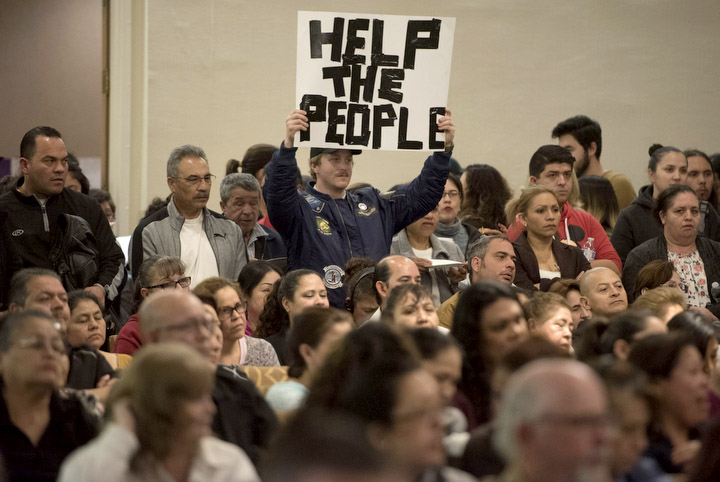
Sometimes common sense prevails. An initiative putting a $18 minimum wage on the November ballot failed to get enough signatures to qualify
The current state mandated minimum wage is $15 an hour, or $14 for companies with 25 or fewer employees. Due to an inflation adjustment, the numbers are scheduled to rise to $15.50 and $14.50 in January, respectively.
Gov. Jerry Brown, who signed the current minimum wage law, himself noted that “economically, minimum wages may not make sense.” He was content that they made sense “morally and socially and politically.” However, even if the latter is correct, that doesn’t mean the minimum wage itself cures the issues proponents of higher minimum wages hope for.
This is particularly true in a high-inflation environment, with tremendous economic uncertainty and in a state with persistently high levels of poverty and an already high cost-of-living.
The gradual increases in the minimum wage are sure to be appreciated by workers who benefit from them. But until you get a grip of the surging cost of living, it won’t really make the sort of difference proponents of increasing it hope for.
There are better ways than minimum wage laws to help spur employment and higher wages, especially during a time when the thread of recession looms.
First, get the cost of living under control. That means continuing to bring down regulations on the single biggest expense for most people, which is housing. While California is making progress on liberalizing land-use policy, everyone knows the California Environmental Quality Act is a barrier, too. Jerry Brown called CEQA reform “the Lord’s work.” Making it easier, and cheaper, to build will, in the long run, do a lot more to help lower-income families than incrementally raising the minimum wage.
Second, cut regulations more broadly. A 2020 study by the Mercatus Center found California imposed 395,608 regulatory restrictions, the most of any state. That was almost triple the 135,000 average for U.S. states. Most regulations hit businesses, forcing them to pay for expensive compliance efforts instead of hiring new workers at higher wages. State lawmakers need to consider, for a change, that every mandate they impose does in fact come with costs.
Third, reform education. A recent study by World Population Review found California suffers the lowest literacy rate of any state. Commented Niu Gao, a senior fellow who studies education issues at the Public Policy Institute of California, “California in general does not do very well, and you can see this throughout the entire education pipeline.” The new state budget spends an incredible $24,000 per K-12 student. But what’s really needed are reforms that advance school choice and give merit pay to the best teachers. Better schooled students earn more later in life.
And fourth, stop imposing or seeking higher taxes. A few months ago, the California Taxpayers Association noted that Sacramento lawmakers had proposed $192 billion in tax and fee increases. And then there are those who wish to undermine or even scrap Proposition 13 (without at least offering to cut taxes elsewhere in a revenue-neutral manner). Taxes come at real costs to businesses and consumers alike, with regressive sales taxes falling on low-income Californians the most.
These are all better ways of helping to naturally raise wages and the economic prospects of Californians than artificially boosting the minimum wage. Alas, these are also the most ignored ideas among California’s political establishment.
